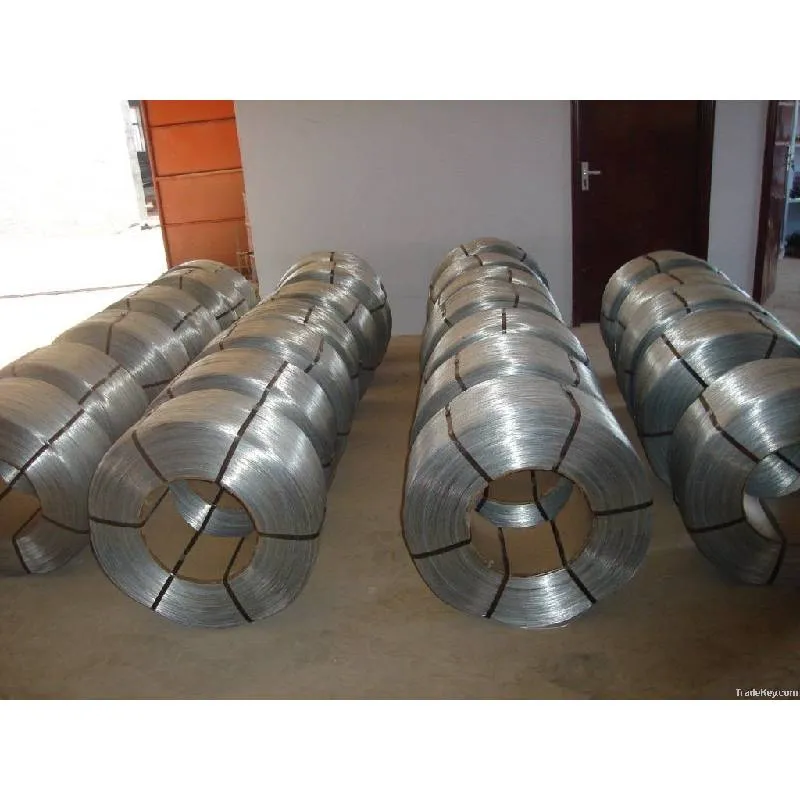cattle panel for sale
bricktor mesh
2025-08-14 01:10:52
0

Wall Ties for Masonry An Overview Masonry is an age-old construction technique that involves the use of brick, stone, and mortar to make structures strong and durable. A critical aspect of masonry construction is the proper use of wall ties, which play a significant role in stabilizing and reinforcing masonry walls. This article delves into the purpose, types, materials, and best practices for using wall ties in masonry construction. Purpose of Wall Ties Wall ties are essential components in masonry structures that serve several crucial purposes. Primarily, they provide lateral support to ensure that the masonry walls remain stable and resist the forces acting upon them, such as wind pressure and seismic activities. By connecting the outer layer of brick or stone to a backing wall or structural frame, wall ties maintain the integrity of the facade while allowing for some movement due to thermal expansion and contraction. This mitigates the risk of cracking and ensures the longevity of the structure. In addition to structural support, wall ties also play a role in moisture control. They can help facilitate proper drainage and ventilation within brick cavities, reducing the chances of water ingress that could lead to deterioration and other moisture-related issues. Therefore, the correct installation and choice of wall ties can significantly influence the durability and performance of masonry walls. Types of Wall Ties There are various types of wall ties available for masonry applications, each designed for specific construction needs and conditions. Some common types include 1. Brick Ties These are generally used to connect the masonry veneer to the wall system. They can be made from different materials, including stainless steel or galvanized steel, and come in various sizes to accommodate different wall thicknesses. 2. Continuous Ties This type of tie is designed for use in larger structures where continuous reinforcement is necessary. Continuous ties offer enhanced stability and are often used in multi-story buildings. 3. Shear Ties Used to connect masonry walls to other structural elements, these ties help resist lateral forces and maintain the structural integrity of the building. 4. Expanding and Grouted Ties These ties are used in situations where there is a need for additional support for heavy wall systems. The expanding tie helps to lock into place once installed, offering enhanced stability. Materials Used for Wall Ties wall ties for masonry Wall ties can be fabricated from a variety of materials, each with its own advantages and suitability for different environments. The most common materials include - Galvanized Steel This is one of the most widely used materials for wall ties due to its cost-effectiveness and resistance to corrosion. However, it may not be suitable for environments with high moisture content. - Stainless Steel For structures exposed to harsh conditions, such as coastal areas with salty air, stainless steel ties are preferred due to their superior resistance to corrosion and durability. - Plastic Wall Ties These are typically used in low-load applications and can be effective in reducing the thermal bridging associated with metal ties. Best Practices for Installation To ensure the effectiveness of wall ties in masonry construction, several best practices should be followed 1. Correct Spacing Wall ties should be installed at appropriate intervals, typically every 16 to 24 inches vertically and every 24 to 36 inches horizontally, depending on the wall height and type. 2. Proper Embedment Ties should be adequately embedded in the mortar joints to provide sufficient support. This includes ensuring that the ties are level and aligned during installation. 3. Regular Inspection Maintenance and inspection of wall ties are crucial, especially in older structures. Regular checks help identify any signs of corrosion or structural distress, ensuring timely repairs. Conclusion In conclusion, wall ties are a fundamental aspect of masonry construction that significantly contribute to the strength, durability, and stability of masonry walls. By understanding the various types, materials, and best practices associated with wall ties, builders and architects can improve the quality and longevity of their masonry projects. As the field of construction continues to evolve, the role of wall ties will remain vital in creating safe and reliable structures.